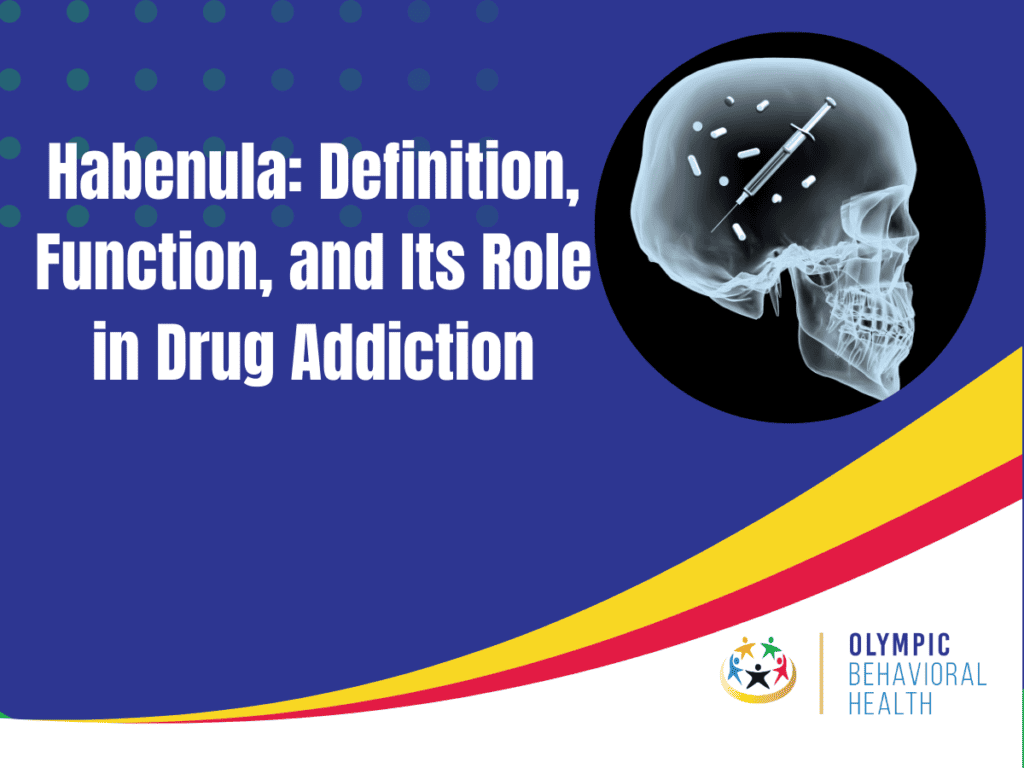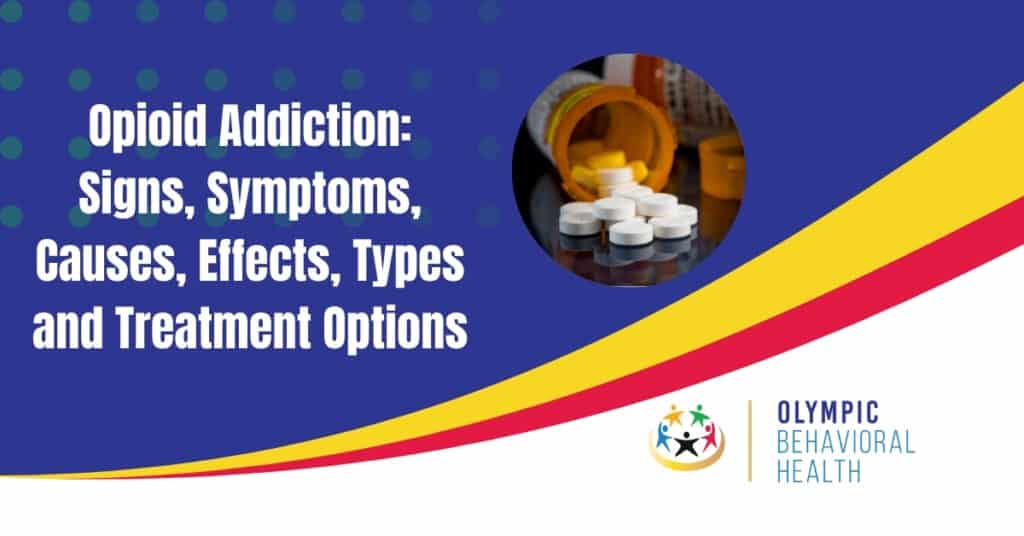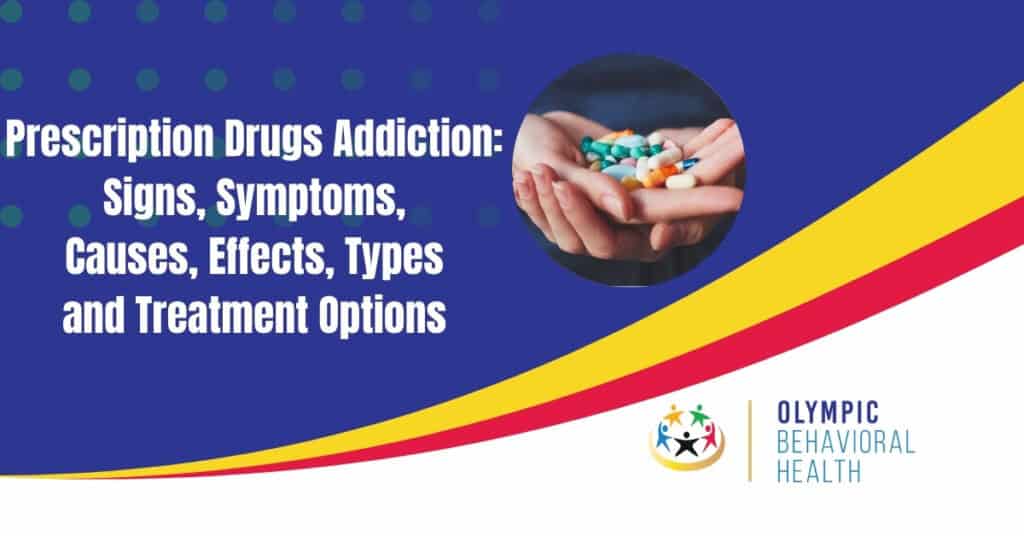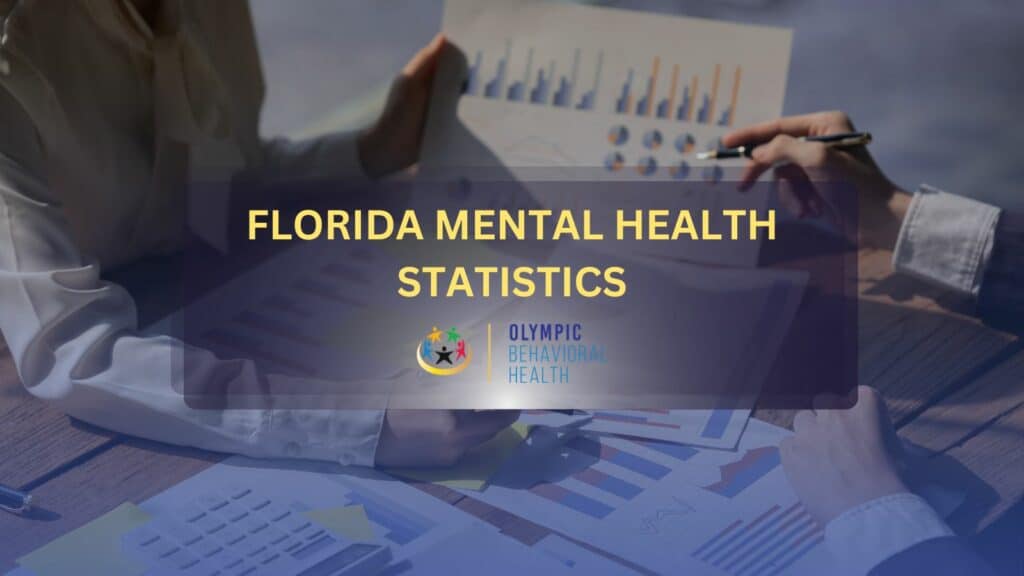The habenula is derived from the Latin word habena, meaning “little rein.” This is because of its elongated shape. The habenula is situated within the epithalamus, receives input from the brain through the stria medullaris, and sends outputs to various midbrain regions responsible for releasing neuromodulators like dopamine, noradrenaline, and serotonin.
Traditionally, the habenula has been categorized into lateral (limbic) and medial (motor) divisions. However, recent understanding suggests that the lateral part should be further subdivided into ten distinct subnuclei, and the medial part into five distinct subnuclei.
The habenula serves diverse functions, playing a role in pain processing, reproductive behavior, nutrition, sleep-wake cycles, stress responses, and learning.
What is the Habenula?
Neuroscientifically challenged define the habenula as “a small structure on the dorsal (back) surface of the thalamus.” Within the brain, the habenula lies near the pineal gland; together they make up the epithalamus.
The habenula is organized into two main subregions:
- The medial habenula (MHb)
- The lateral habenula (LHb)
Medial Habenula (MHb)
The medial habenula has a dense arrangement of cholinergic neurons. It receives afferent input from both the medial and lateral septal nuclei. In terms of output, the medial habenula predominantly projects its efferent nerves to the interpeduncular nucleus of the midbrain through the habenulo interpeduncular tract, also known as the retroflex fasciculus. This tract constitutes a noradrenergic and serotonergic pathway. Furthermore, some efferents from the medial habenula extend to the pineal gland via the habenula pineal tract.
Lateral Habenula (LHb)
The lateral habenula has a more dispersed and paler stained structure. It houses dopaminergic and serotonergic neurons. Its efferents are directed towards the median and dorsal raphe nuclei, substantia nigra pars compacta, and the ventral tegmental nuclei (of Tsai). The lateral habenula receives input from the ventral tegmental area. Notably, the lateral habenula serves as an ‘anatomical hub.’
It facilitates communication between various brain structures. It establishes connections with the septum, hypothalamus, basal forebrain, globus pallidus, and prefrontal cortex through dopaminergic, serotonergic, and noradrenergic pathways. This network positions the lateral habenula at the crossroads of diverse physiological functions, contributing to its role in processes such as reward processing, stress responses, and learning.
The habenular nuclei collectively form the habenular trigone, situated posterior to the superior colliculus and lateral to the posterior part of the tenia thalami, with connectivity maintained through the habenular commissure.

What are the Functions of the Habenula?
The medial and lateral habenular nuclei receive afferent fibers from the basal ganglia and limbic system, the epicenter of emotional and behavioral expression. Despite being a relatively small structure in the brain, the human habenula acts as a cell station integrating olfactory, visceral, and somatic afferent pathways.
The physiological functions of the habenula are not fully understood. Yet, according to The Habenula, an article published in the Current Biological Magazine published in 2016, scientists believe that the medial and lateral habenula have different functional roles.
Medial habenula
Little is known about the specific functions of the medial habenula. Its morphology (small and elongated) and its location in the brain (proximity to ventricles) pose difficulties when recording neuronal activity in vivo. However, a study by Klemm, William R. “Habenular and interpeduncularis nuclei: shared components in multiple-function networks.” published in 2004 linked it with mood regulation and fear memory by influencing the activity of cholinergic neurons. Their activation reduces the expression of fear memory.
Lateral habenula
The lateral habenula nuclei have a variety of functions but are mainly involved in the following:
- Behavioral expression by influencing the activity of serotonin and dopamine neurons.
- Emotional expression is relative to pain, stress, and anxiety. It has been suggested that a dysregulation of the lateral habenula can lead to depressive illness and negative emotions.
- Zhao, H., and Rusak B. in their 2005 study titled “Circadian firing-rate rhythms and light responses of rat habenular nucleus neurons in vivo and in vitro” discovered that the lateral habenular nuclei play a part in the control of the circadian rhythm.
What is Addiction?
According to the American Society of Addiction Medicine addiction is defined as a treatable, chronic medical disease marked by intricate interactions among brain circuits, genetics, environmental factors, and an individual’s life experiences. Individuals struggling with addiction tend to engage in substance use or behaviors that evolve into compulsive patterns. These patterns persist despite the presence of harmful consequences.
What are the Types of Addiction?
There are 2 types of addiction.
- Substance addictions, now referred to as substance use disorders
- Behavioral addictions.
Substance Addiction
The diagnostic criteria for substance use disorders are outlined in the American Psychiatric Association’s DSM-5. Various substances, including alcohol, caffeine, hallucinogens, opioids, and tobacco, can lead to substance use disorders.
These substances, though diverse, share the common trait of activating the brain’s reward center, inducing pleasurable sensations that may result in mild, moderate, or severe substance use disorders, with addiction being the most severe form.
Behavioral Addiction
Behavioral addictions involve activities capable of stimulating the brain’s reward system. Currently, the DSM-5 recognizes gambling disorder as a diagnosable behavioral addiction, categorized under “non-substance-related disorders.”
While other behavioral addictions are not formally recognized in the DSM-5 due to limited research, any all-consuming activity that adversely impacts daily functioning can lead to mental, social, physical, and financial issues. Examples include gambling, eating, exercising, shopping, engaging in risky behaviors, sex, viewing pornography, and video gaming (internet gaming disorder), highlighting the diverse nature of behavioral addictions.

What is the Role of the Habenula in Addiction?
The habenula, especially the lateral nuclei has been implicated in addiction. The connection is not clear and more research is needed. One know connection how is that of cocaine addiction as shown by “The Rostromedial Tegmental Nucleus (RMTg), a GABAergic Afferent to Midbrain Dopamine Neurons, Encodes Aversive Stimuli and Inhibits Motor Responses” a study by Jhou et.al published in 2009.
It was discovered that during cocaine withdrawal, lateral habenula activity increases, attributed to a reduction in the co-release of GABA from the mouse entopeduncular nucleus and a general increase in glutamatergic drive. These mechanisms contribute to the negative symptoms of withdrawal.
Additionally, activating the lateral habenula has been shown to reduce voluntary ethanol consumption in rats. Consequently, the lateral habenula stands out as a novel and promising therapeutic site for addressing addictive disorders.
Can other medications also cause Addiction?
Yes, let’s have a look at some:
How is Amygdala related to Addiction?
The amygdala plays a crucial role in addiction. It is a key structure in the brain’s reward system and is involved in the processing of emotions and memories.
The amygdala is responsible for associating pleasurable experiences with the use of addictive substances and can trigger intense craving and withdrawal symptoms when exposed to cues associated with drug use. Additionally, the amygdala is connected to other brain regions such as the prefrontal cortex and nucleus accumbens, forming a network that regulates decision-making, impulse control, and motivation, all of which are essential factors in addiction.
Understanding the amygdala’s role in addiction can help develop targeted treatments for addiction disorders. For further information on the amygdala and its functions, please refer to this article.
How is Oxytocin related to Addiction?
Oxytocin, also known as the “love hormone,” has been found to have a significant impact on addiction. Research has shown that this hormone plays a crucial role in forming and maintaining social bonds, including connections with drugs.
Studies have also found that oxytocin can influence the rewarding and reinforcing effects of drugs, making individuals more susceptible to addiction.
Additionally, oxytocin has been linked to the regulation of stress and anxiety, both of which can contribute to addiction vulnerability. To learn more about the relationship between oxytocin and addiction, click here.
Get help for your Addiction
Addiction Treatment at Olympic Behavioral Health offers help and support for those struggling with addiction. Taking the first step can be difficult, but it is crucial to call for assistance. Our facility in West Palm Beach provides comprehensive addiction treatment programs to guide individuals towards recovery. If you or your loved one is battling addiction, reach out to Olympic Behavioral Health today.

Share This Post



